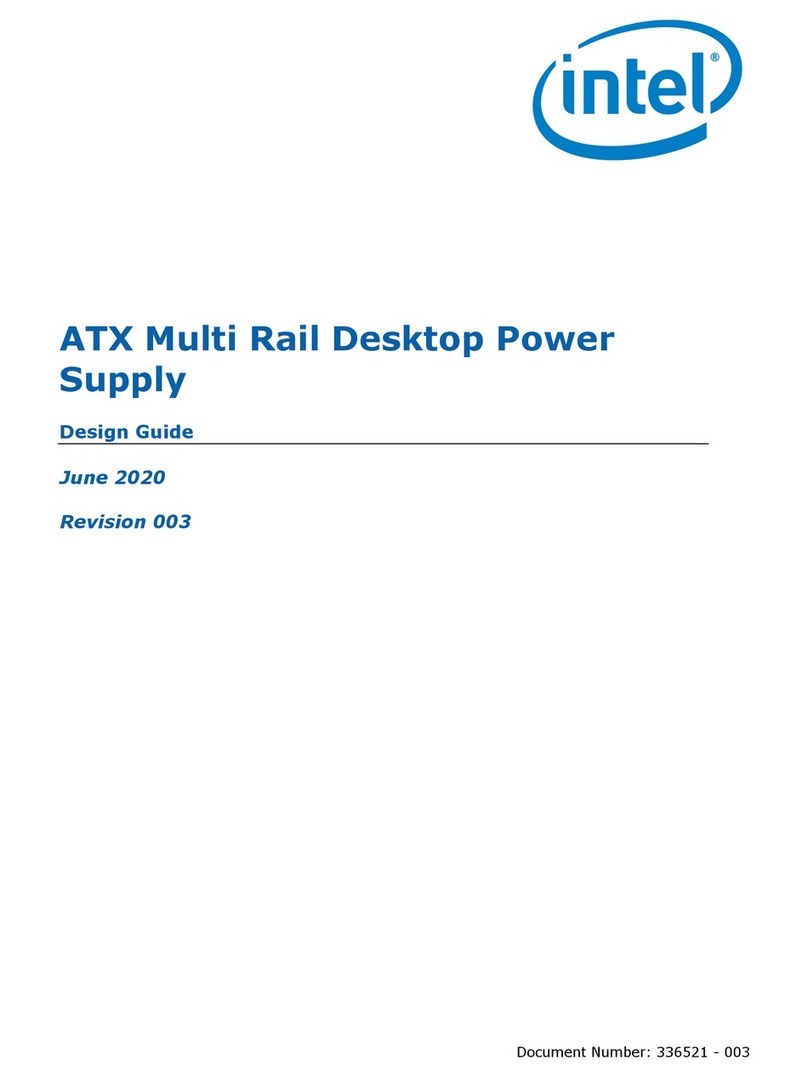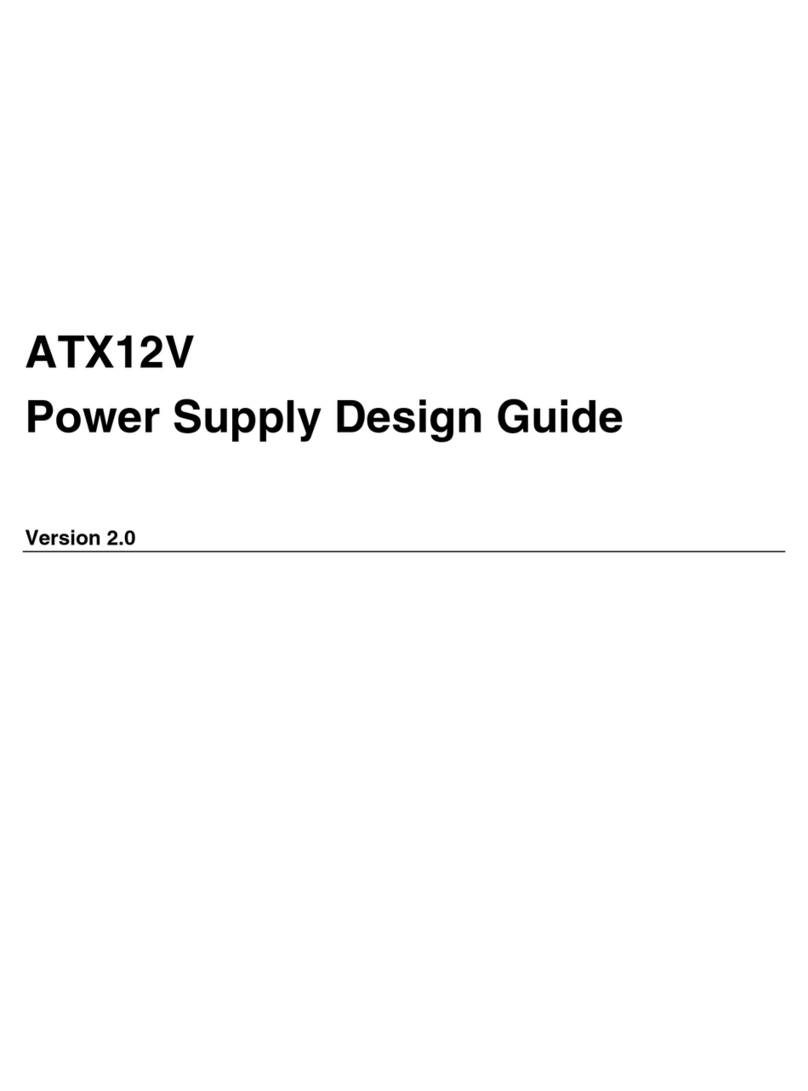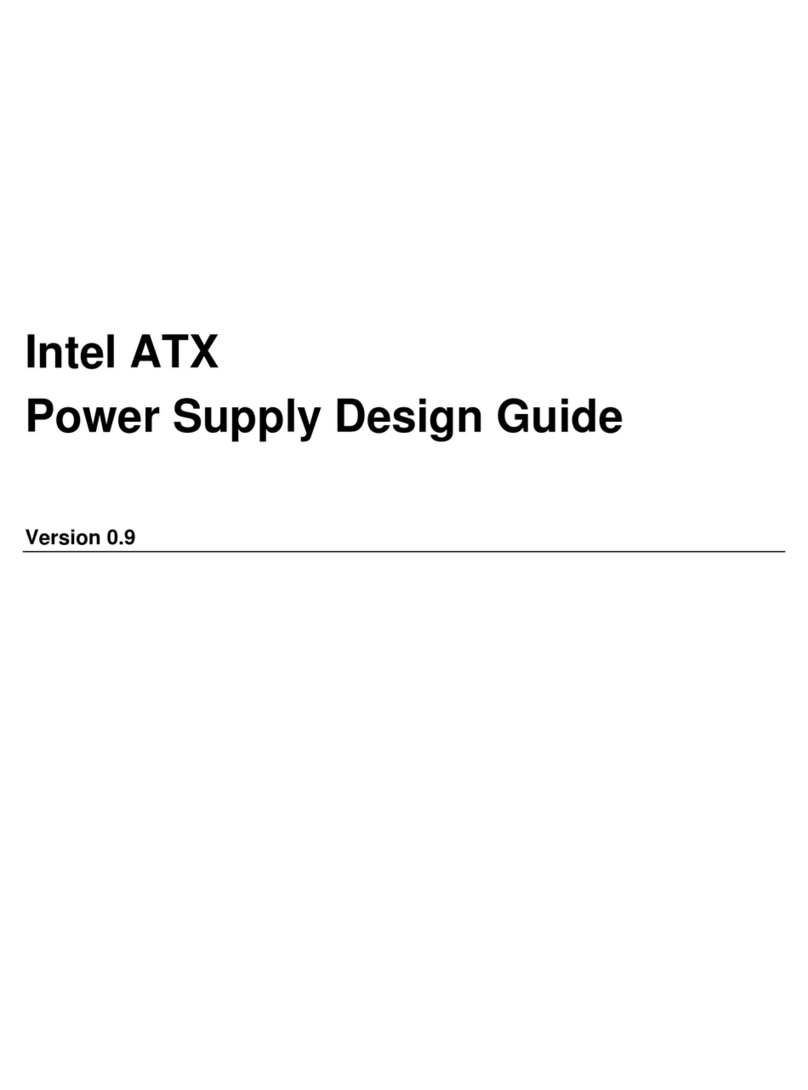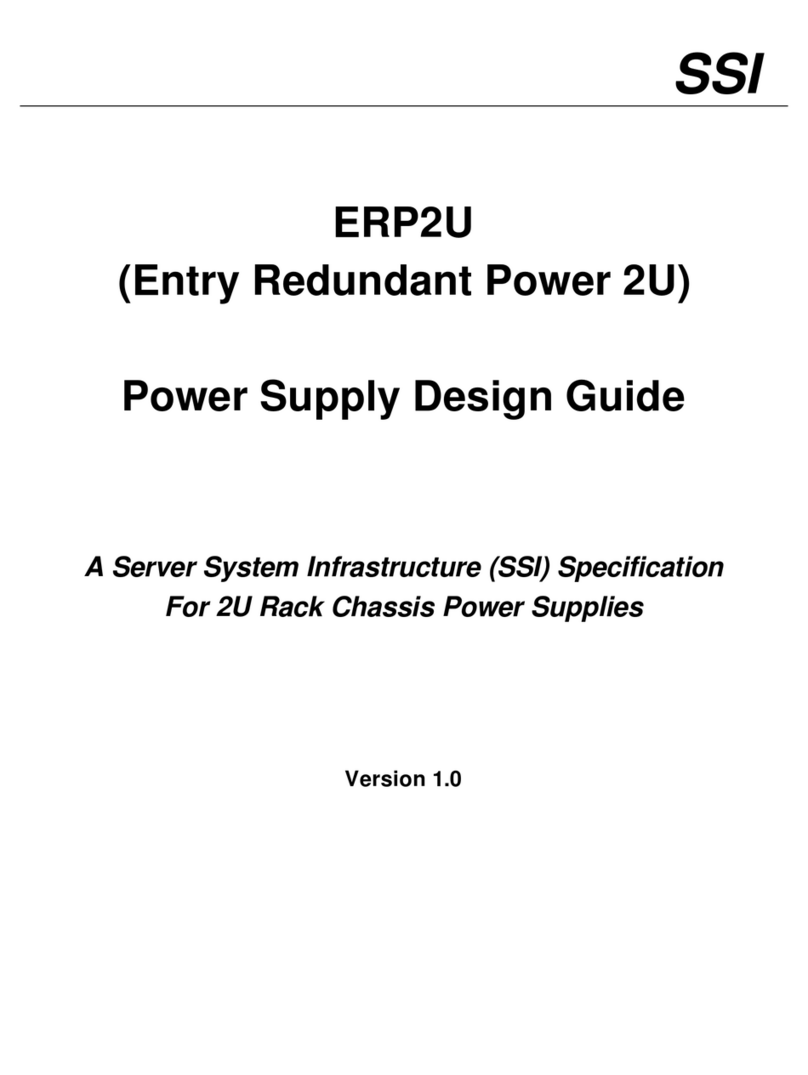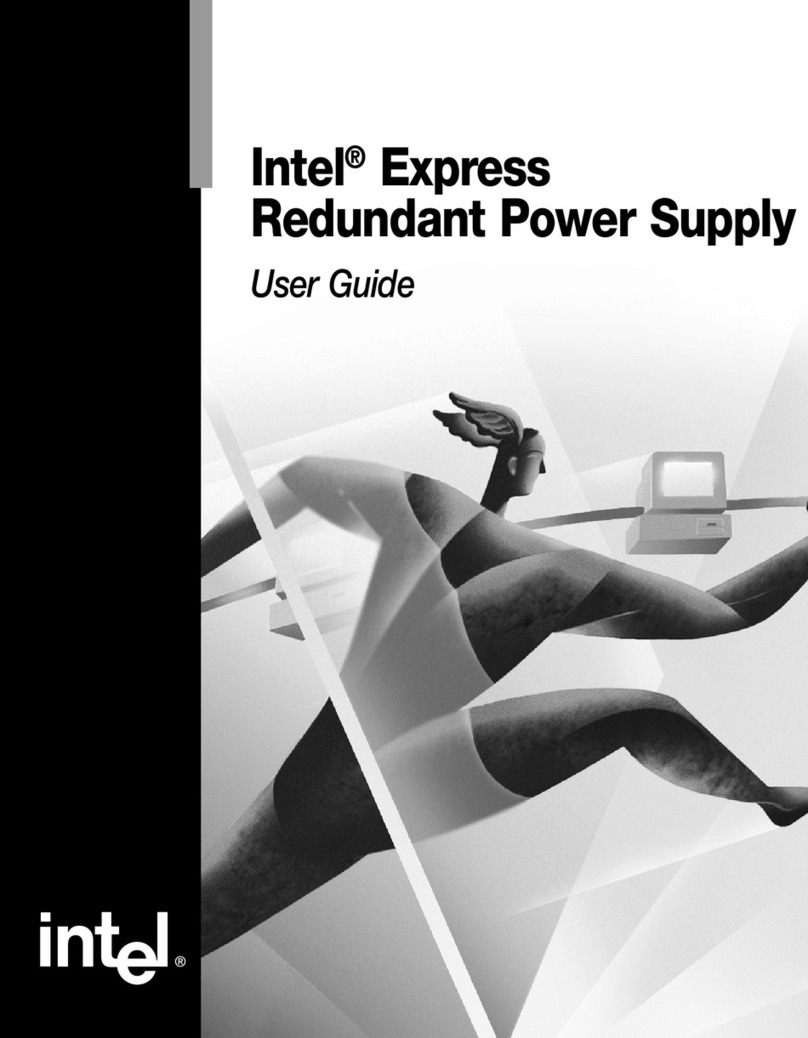
6 613768
Figure 5-12: 3 mm SATA Power 6 pin/4 SATA Device Cable Diagram (Connector Top
View) ....................................................................................................... 66
Figure 5-13: 3 mm SATA Power 6 Pin Cable Connector – Traditional Cable Diagram. 66
Figure 5-14: 3 mm SATA Power 6 Pin Cable Connector – Key and Pin Locations
(Bottom View)........................................................................................... 67
Figure 5-15: Serial ATA Power Connector ........................................................... 68
Figure 11-1: CFX12V Mechanical Outline ............................................................ 79
Figure 12-1: LFX 12V Mechanical Outline ............................................................ 80
Figure 12-2: LFX 12V Mechanical Details ............................................................ 81
Figure 12-3: LFX 12V PSU Slot Feature Detail ..................................................... 81
Figure 12-4: LFX 12V Recommended Chassis Tab Feature .................................... 82
Figure 13-1: ATX12V Power Supply Dimensions for Chassis Not Requiring Top Venting
83
Figure 13-2: ATX12V Power Supply Dimensions for Chassis that Require Top Venting
84
Figure 14-1: SFX12V 40 mm Profile Mechanical Outline........................................ 86
Figure 14-2: SFX121V Chassis Cutout ................................................................ 86
Figure 14-3: SFX12V Top Mount Fan Profile Mechanical Outline ............................. 88
Figure 14-4: SFX12V Chassis Cutout .................................................................. 89
Figure 14-5: SFX12V Recessed Fan Mounting ...................................................... 89
Figure 14-6: SFX12V Reduced Depth Top Mount Fan Profile Mechanical Outline....... 90
Figure 14-7: SFX12V Top Mount Fan, Inside enclosure Mechanical Outline (Possible
Larger Fan)............................................................................................... 91
Figure 14-8: SFX12V Chassis Cutout .................................................................. 91
Figure 14-9: SFX12V 60 mm Mechanical Outline.................................................. 92
Figure 14-10: SFX12V Chassis Cutout ................................................................ 93
Figure 14-11: SFX12V PS3 Mechanical Outline .................................................... 94
Figure 15-1: TFX12V Mechanical Outline............................................................. 95
Figure 15-2: TFX12V Dimensions and Recommended Feature Placements (Not to
Scale) ...................................................................................................... 96
Figure 15-3: TFX12V Power Supply Mounting Slot Detail....................................... 97
Figure 15-4: TFX12V Fan Right and Fan Left Orientations of Power Supply in Chassis98
Figure 15-5: Suggested TFX12V Chassis Cutout .................................................. 98
Figure 15-6: TFX12V Suggested Mounting Tab (Chassis Feature)........................... 99
Figure 16-1: Flex ATX Mechanical Outline ..........................................................100
Figure 16-2: Flex ATX Dimensions and Recommended Feature Placements (Not to
Scale) .....................................................................................................101
Tables
Table 1-1: Conventions and Terminology ............................................................ 14
Table 1-2: Support Terminology ........................................................................ 15
Table 2-1: Processor Configurations – 12V2 Current ............................................ 16
Table 3-1: PCI Express CEM Add-in Card Power Excursion Limits Table45 ................ 20
Table 3-2: PCIe* AIC and PSU Power Budget used for Peak Power Excursion Test
Cases....................................................................................................... 22
Table 3-3: PCIe* AIC and PSU Power Budget used for Peak Power Excursion .......... 23
Table 3-4: Duty Cycle Example Test Criteria for a 1000W PSU – RMS..................... 24
Table 3-5: Auxiliary Power Connectors Power Supply Rail Requirements - +12V Only25
Table 3-6: PCI Express* 12VHPWR Connector Power Limits .................................. 26
Table 3-7: PCI Express* 12VHPWR Connector – Sideband Signal DC Specifications.. 28
Table 4-1: AC Input Line Requirements .............................................................. 29
Table 4-2: DC Output Voltage Regulation............................................................ 30
Table 4-3: DC Output Transient Step Sizes ......................................................... 30






